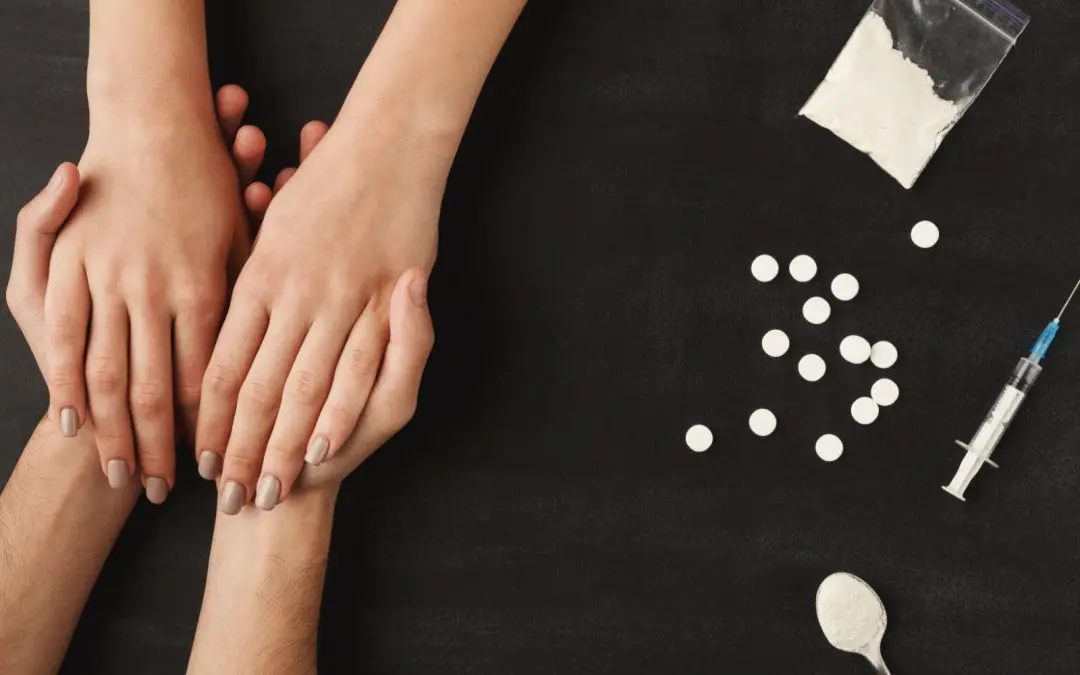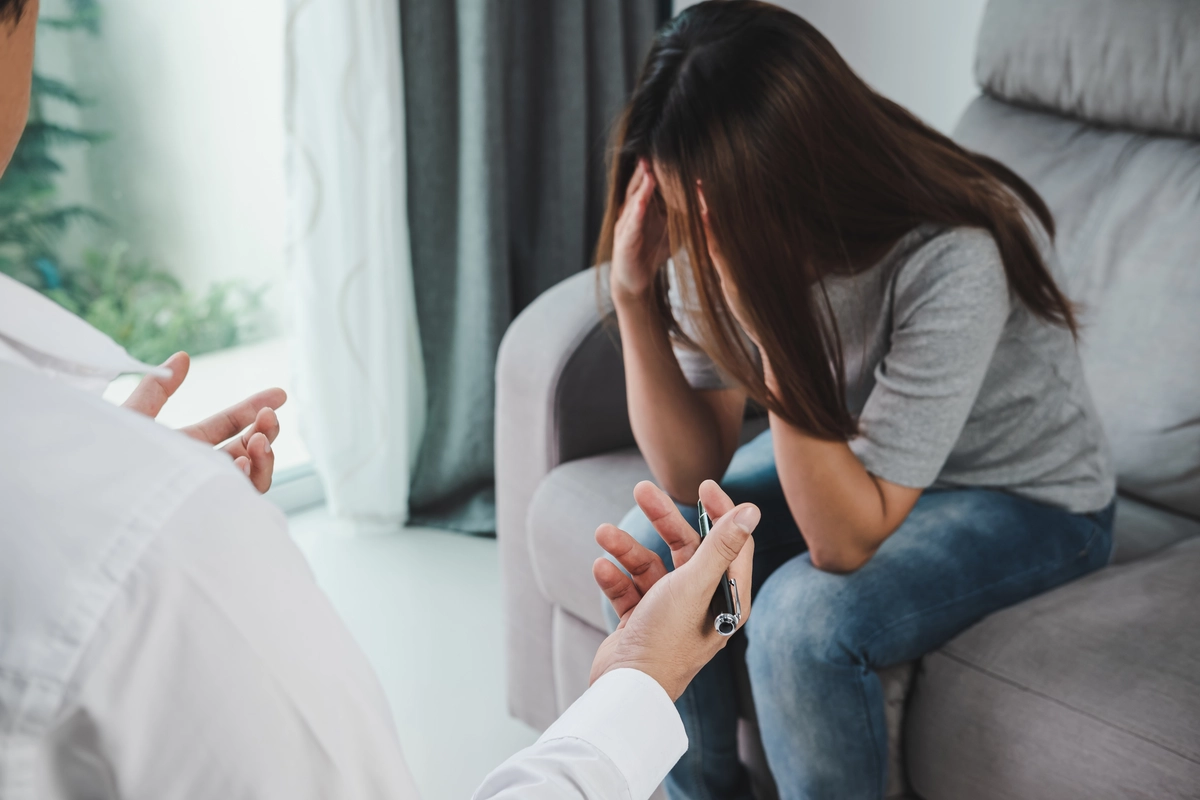24/7 Helpline:
(866) 899-221924/7 Helpline:
(866) 899-2219
Learn more about Prescription drug Rehab centers in Hope
Prescription drug Rehab in Other Cities

Other Insurance Options

Group Health Incorporated

American Behavioral

Access to Recovery (ATR) Voucher

Sliding scale payment assistance

UnitedHealth Group

Covered California

Aetna

Carleon

MHNNet Behavioral Health

Choice Care Network

Optima

Lucent

United Health Care

Humana

PHCS Network

Medical Mutual of Ohio

Evernorth

EmblemHealth

Horizon Healthcare Service

Amerigroup

Southwest Arkansas Counseling and Mental Health Center – 20th Street
Southwest Arkansas Counseling and Mental Health Center – 20th Street is a private rehab located in H...

Hope Hill Youth Services – Family Connection
Hope Hill Youth Services – Family Connection is a private rehab located in Hope, Kentucky. Hope Hill...

Riverview Behavioral Health
Riverview Behavioral Health is a private rehab located in Hope, Arkansas. Riverview Behavioral Healt...

Southwest Arkansas Counseling and Mental Health Center – Hope
Southwest Arkansas Counseling and Mental Health Center is a private rehab located in Hope, AR. South...

Wadley Regional Medical Center – Behavioral Health
Wadley Regional Medical Center – Behavioral Health is a private rehab located in Hope, Arkansas. Wad...

Preferred Family Healthcare
Preferred Family Healthcare - East 3rd Street offers outpatient services for individuals with a ment...



















